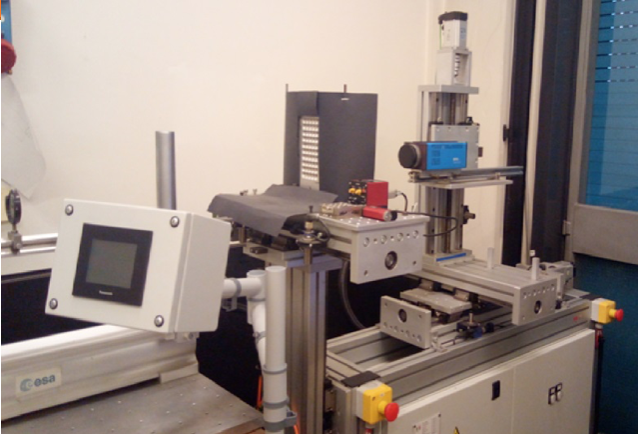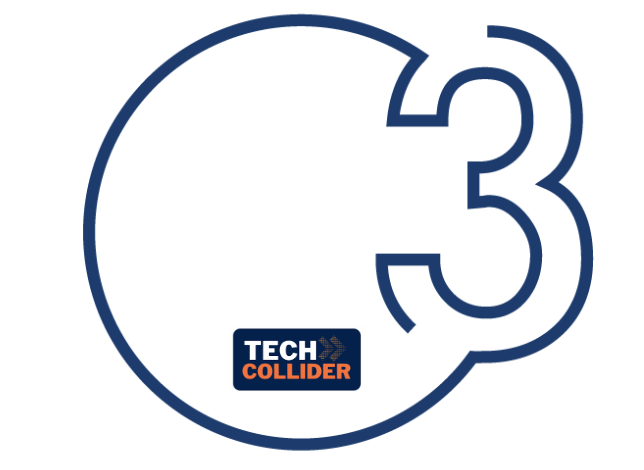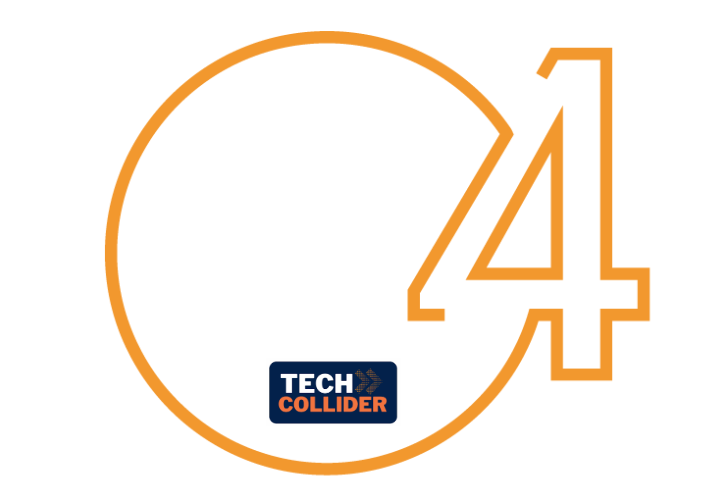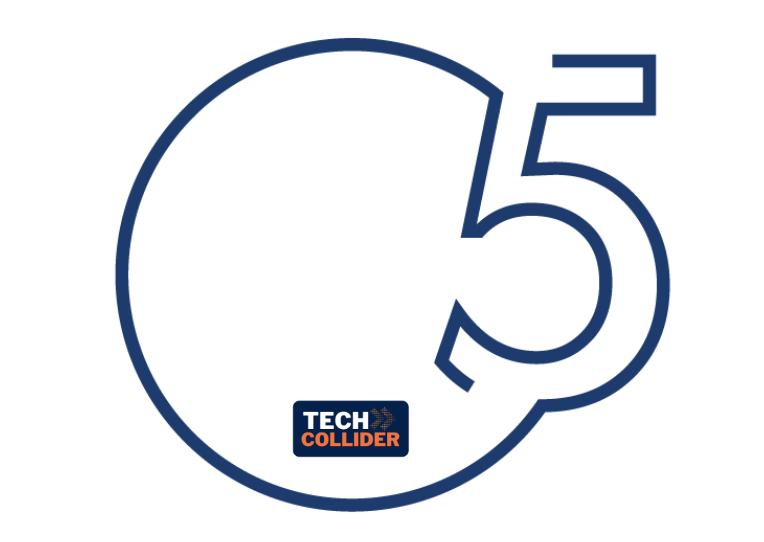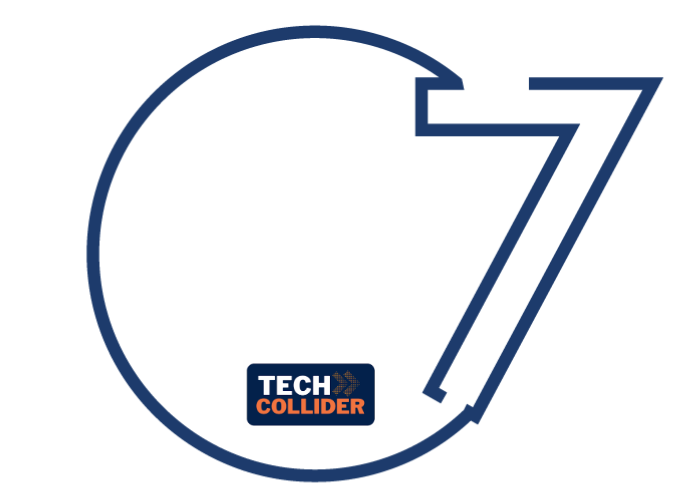The rapid growth for need of data storage and transmission requires innovative solutions. In fact, the amount of data monthly transferred is growing by tens of exabytes every year, with a growth rate of around 60% per year.
Therefore, there is globally a considerable push toward the research of new technological solutions for storing and accessing data, with the availability of memories with increasingly capacity and at the same time the need that they can be accessible at high speed and with reduced latency. For this reason, there is the conviction that a possible solution could be the creation of constellations of satellites that act altogether as data repository and as access point to this distributed memory. This solution requires high-density satellite-to-satellite communications, as well as the ability to transfer large amounts of data from each orbiting unit to Earth.
The transfer of data from low Earth orbit satellites is severely limited by the short flight times on Earth receivers, which remain in communication with a satellite only for very few minutes: for this reason, a constellation of satellites should consist of at least 4,000-5,000 satellites, but it is thought that more than twice as many satellites are needed with an added cost of putting them into orbit for the companies involved.






